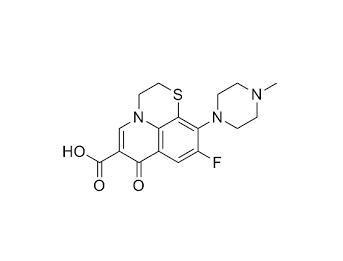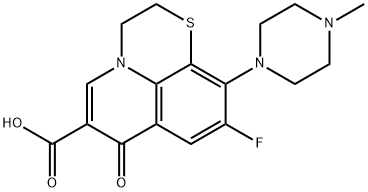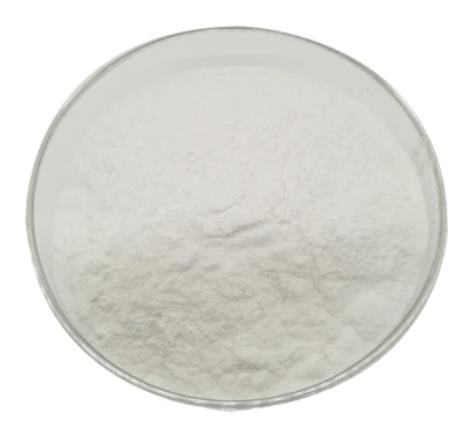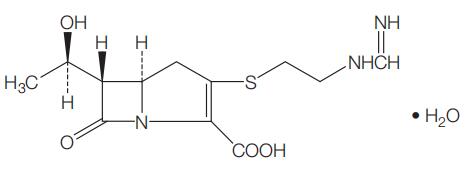Side effects and Uses of Rufloxacin
Rufloxacin (MF 934), or 9-fluoro-10-(-methyl) piperazinyl-7-oxo-2,3- dihydro-7H-pyrido-(1,2,3, de) (1,4) benzothiazine-6-carboxylic acid, is an older-generation fluoroquinolone developed in 1989 with the chemical structure shown in Figure 106.1. Its spectrum of activity is less than or similar to that of ciprofloxacin and norfloxacin, although it has a longer half-life. Because of concerns about inferior activity, as well as higher rates of neuropsychiatric adverse effects, rufloxacin has been discontinued throughout most regions of the world except for Italy, Mexico, and some countries in Asia.

Uses
There are currently numerous other fluoroquinolones that have superior antimicrobial spectra and toxicity profiles to rufloxacin such that there are now few clinical indications to use rufloxacin. Nevertheless, rufloxacin has been used to treat genitourinary, gastrointestinal, and respiratory tract infections. Because of its longer half-life, a single dose of rufloxacin was equivalent to 3 days of norfloxacin for uncomplicated lower urinary tract infections, but inferior when used as weekly prophylaxis for spontaneous bacterial peritonitis compared with daily norfloxacin.
Bioavailability
Oral bioavailability of rufloxacin is 50%, but is reduced by coadministration of antacid preparations. Peak plasma concentrations after a 400-mg dose are between 2.56 and 4.4 mg/ml, but with higher concentrations found after repeated doses. The serum half-life is approximately 28–30 hours.
Drug distribution
Urine concentrations are high, being in the range of 20–28 mg/ml in the 24 hours after a single dose, and rising to 43–60 mg/ml after nine days of use. Penetration into inflammatory fluid, bronchial mucosa, alveolar macrophages, respiratory epithelial lining cells, prostatic tissue, and bile is high, achieving levels at least 90% of serum concentrations. The ratio of cerebrospinal fluid to plasma concentration is at least 57%.
Side effects
Reported adverse effects include headache, seizures, nervousness, dizziness, insomnia, abdominal discomfort, flatulence, nausea, and post-prandial vomiting. Rufloxacin appears to cause more insomnia than some other fluoroquinolones.
);

